Honda expects the S2000 to make a comeback, but it is too unique to be revived.
 WilliamNov 19, 2025, 10:59 AM
WilliamNov 19, 2025, 10:59 AM
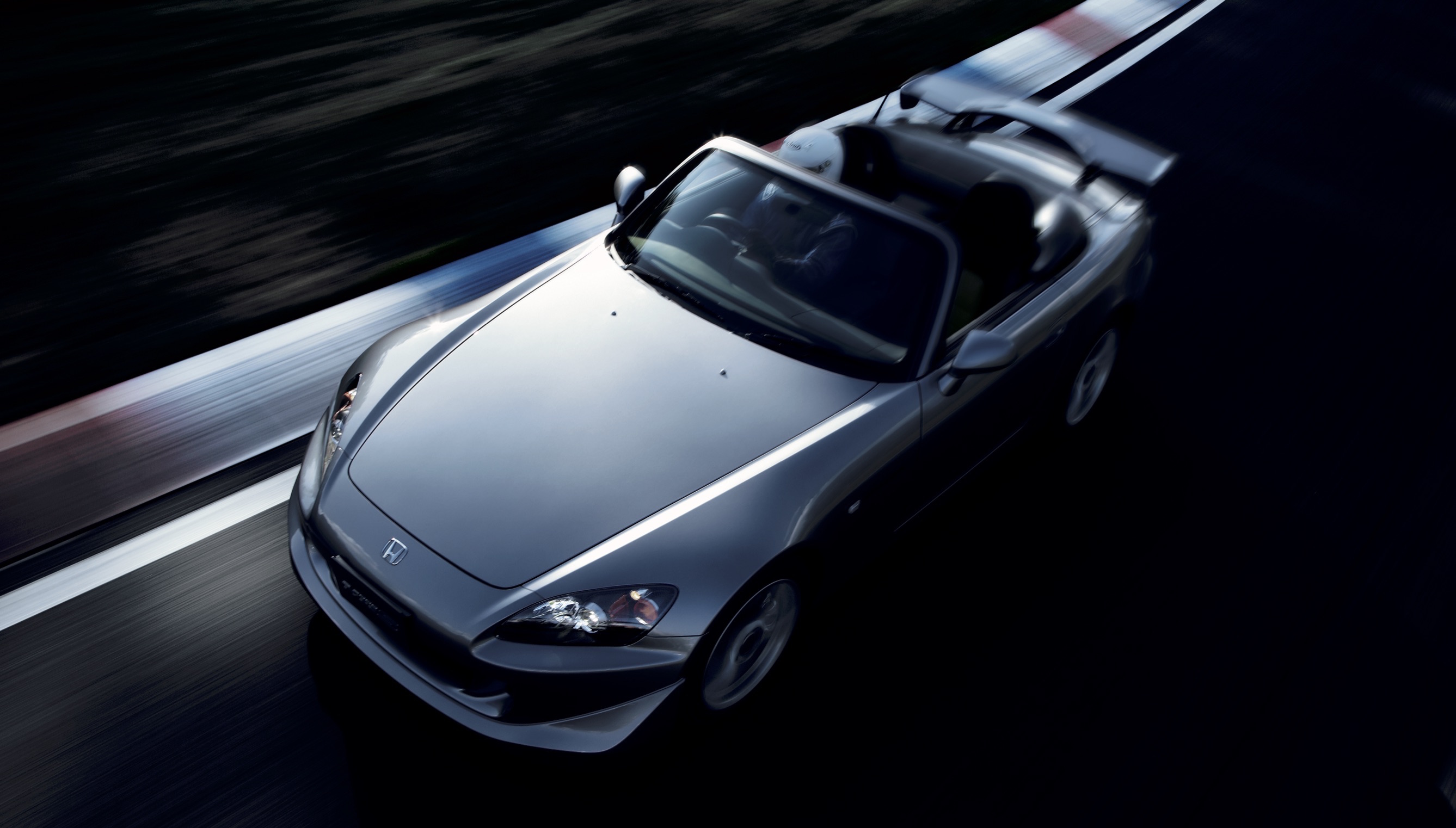
[PCauto] At the Tokyo Japan Mobility Show, Honda's chief engineer Tomoyuki Yamagami was asked whether the S2000 would be revived. He mentioned that Honda harbors a strong internal aspiration to revive the model, yet a suitable platform for its resurrection is currently absent.
The S2000's case differs fundamentally from the Prelude's. The latter's feasibility for a comeback stemmed from its extensive sharing of Civic technologies and components, including the platform and hybrid system.
Despite widespread speculation about a potential S2000 successor utilizing Honda's e:N or other all-electric architectures, the company has offered no official confirmation.
The difficulty of reviving the S2000, as Tomoyuki Yamagami mentioned, lies in the current absence of a suitable platform—at least, not one that can surpass the original S2000.
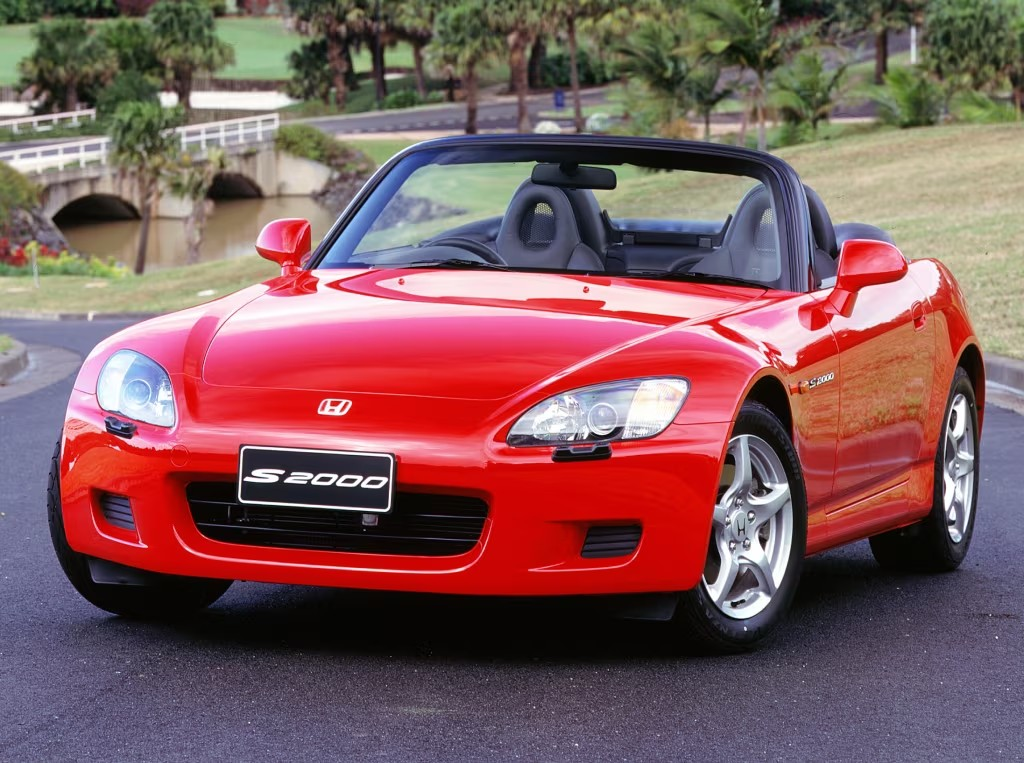
What makes the S2000 so hard to surpass?
The S2000 was not a product of coincidence; it was a model created by Honda in 1999 to commemorate its 50th anniversary. Its design origins can be traced back to the 1995 Tokyo Motor Show's SSM concept car, and the production version almost perfectly retained the proportions and core concepts of the concept car.
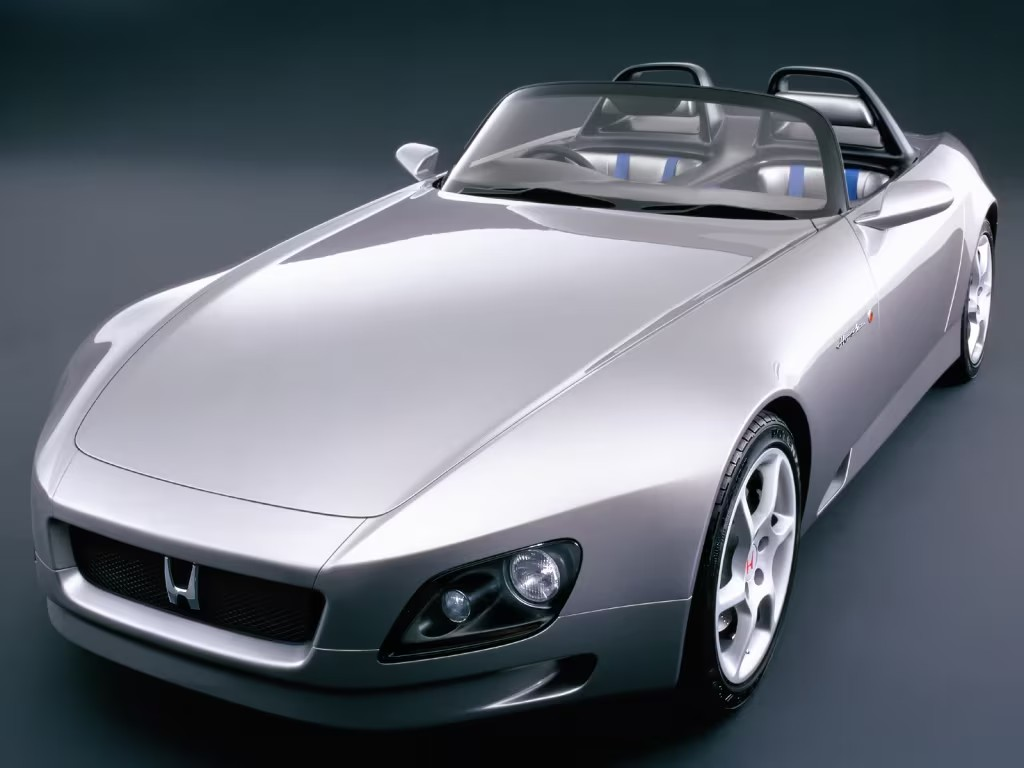
The S2000 is one of the few Honda models that adopts a front-mid engine, rear-wheel drive layout
Therefore, the uniqueness of the Honda S2000 was inherent from its architectural design. Its characteristics can be seen from its appearance alone; no one can forget the S2000's long front end, because it adopts a front-mid engine, rear-wheel drive (FMR, with the engine placed behind the front axle) layout. This design not only maximizes weight concentration at the vehicle's center but also achieves an ideal 50:50 front-rear distribution, thereby ensuring more agile front-end responsiveness and a more neutral rear-end behavior.
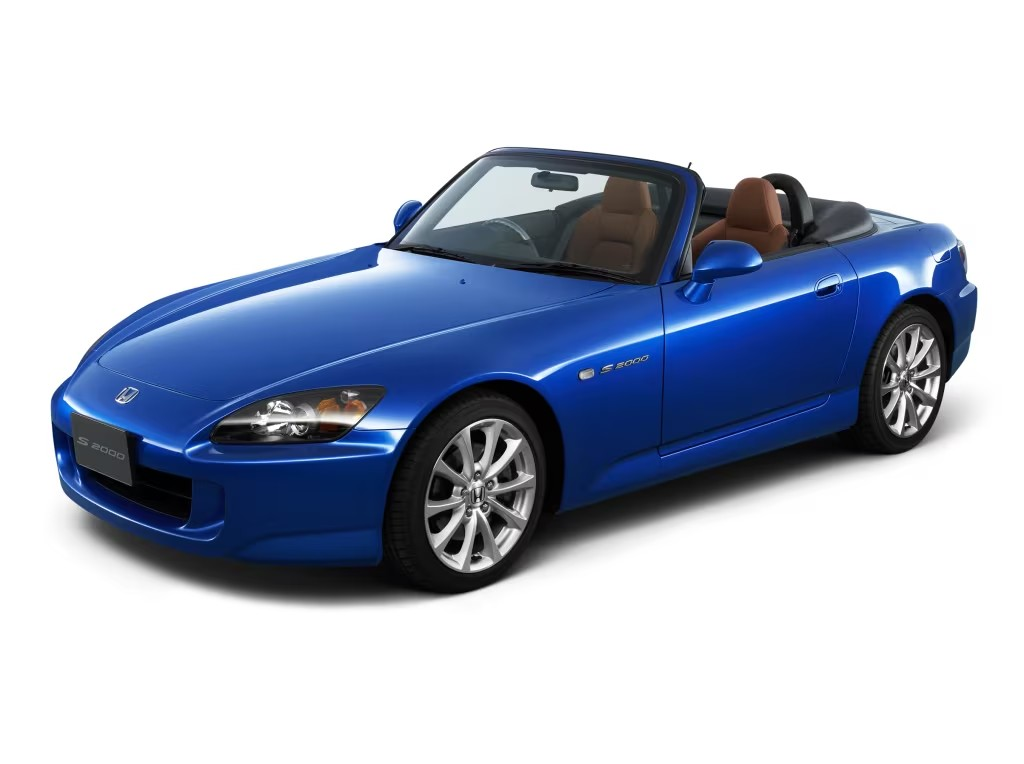
The unique X-Bone structure of the S2000
More importantly, in terms of body structure, the S2000 innovatively adopts a High X-Bone Frame design.
This design incorporates an "X"-shaped main structure into the unibody, connecting the front and rear longitudinal beams with the central crossbeam. This innovation significantly enhances the body's torsional and bending rigidity without a substantial weight penalty, striking an optimal balance between lightweight construction and structural integrity.
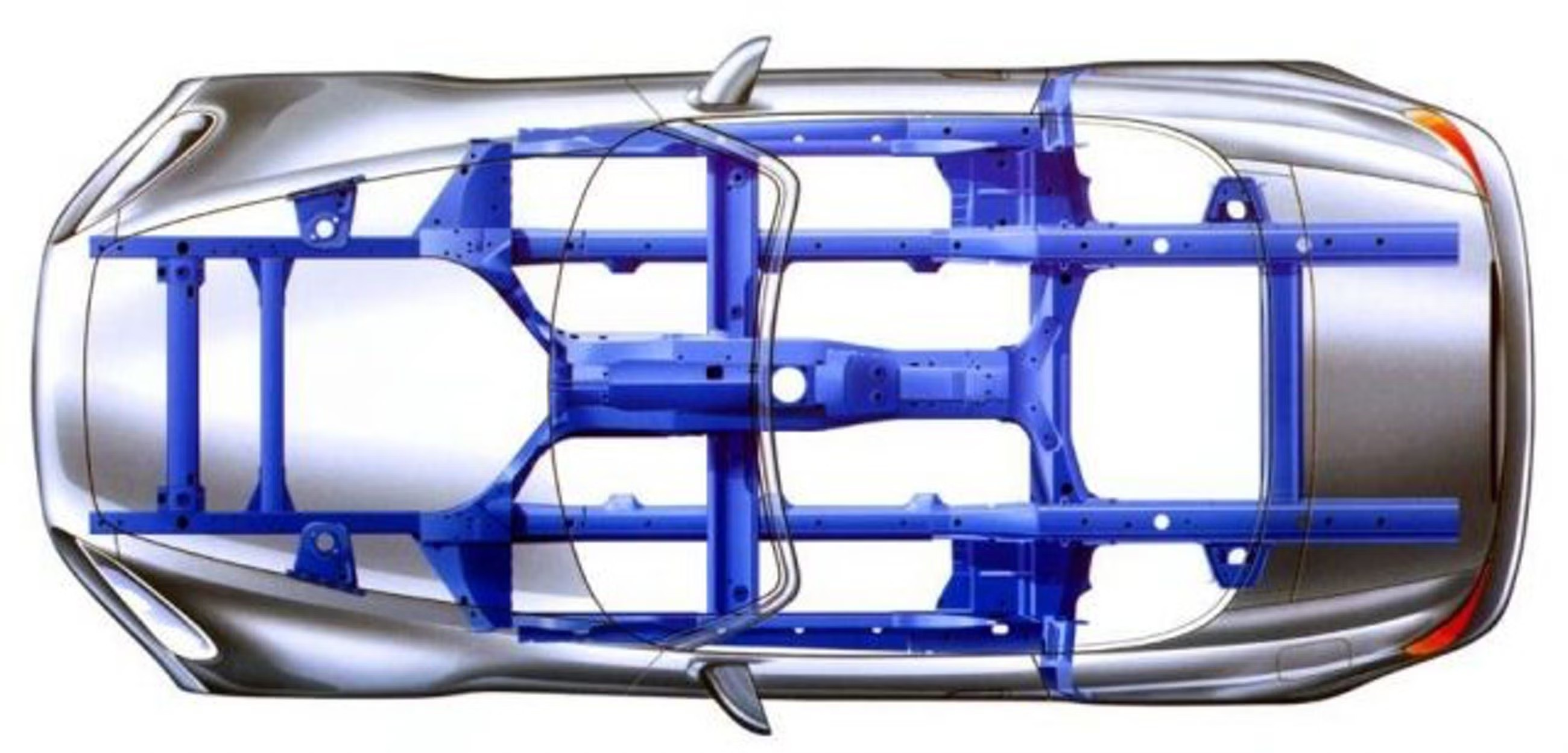
A product of its High X-Bone Frame, the chassis's exceptional torsional rigidity translates into precise steering and impeccable body control during high-G cornering, securing the S2000's legendary handling reputation.
The 2004 AP2 model further optimized the chassis support and steering geometry, eliminating oversteer tendencies and improving its dynamic properties.
The F20C/F22C1 Engine: The Peak of the Naturally Aspirated Era
The engine of the S2000 (F20C/F22C1) features a small valve angle design and a special valve timing drive mechanism, combined with forged lightweight pistons and forged steel crankshafts, pushing the high-rev potential to the extreme. The F20C has a rev limit of 9000rpm, with a specific output exceeding 120 horsepower, setting a record for production cars at the time.

The design of individual throttle bodies for each cylinder is another highlight of the F20C engine. This design ensures that each cylinder receives an even air intake, effectively improving the engine's throttle response, allowing the engine to maintain excellent power output characteristics under various working conditions.
Honda's iconic VTEC system optimizes valve timing and lift across the rev range, forging a perfect balance of power and torque that allows the S2000 to deliver vigorous performance at any engine speed.
The matching of the transmission system is equally exquisite. The short-stroke design of the longitudinal 6-speed manual gearbox offers a precise and smooth shifting experience. Combined with the Torsen limited-slip differential, it effectively suppresses inner wheel spin during cornering acceleration, achieving a perfect synergy of power and traction.
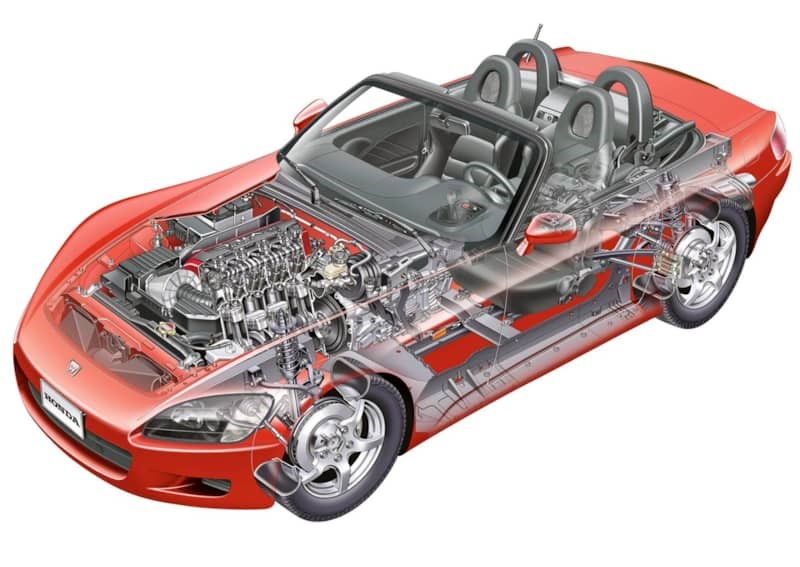
S2000 is Honda's Perfect Driving Machine
The driving experience of the S2000 is the result of a perfect fusion of its various engineering elements, bringing extreme feedback to the driver.
For steering feel, the S2000 employs an Electric Power Steering (EPS) system that automatically modulates assist levels in response to vehicle speed and steering torque.
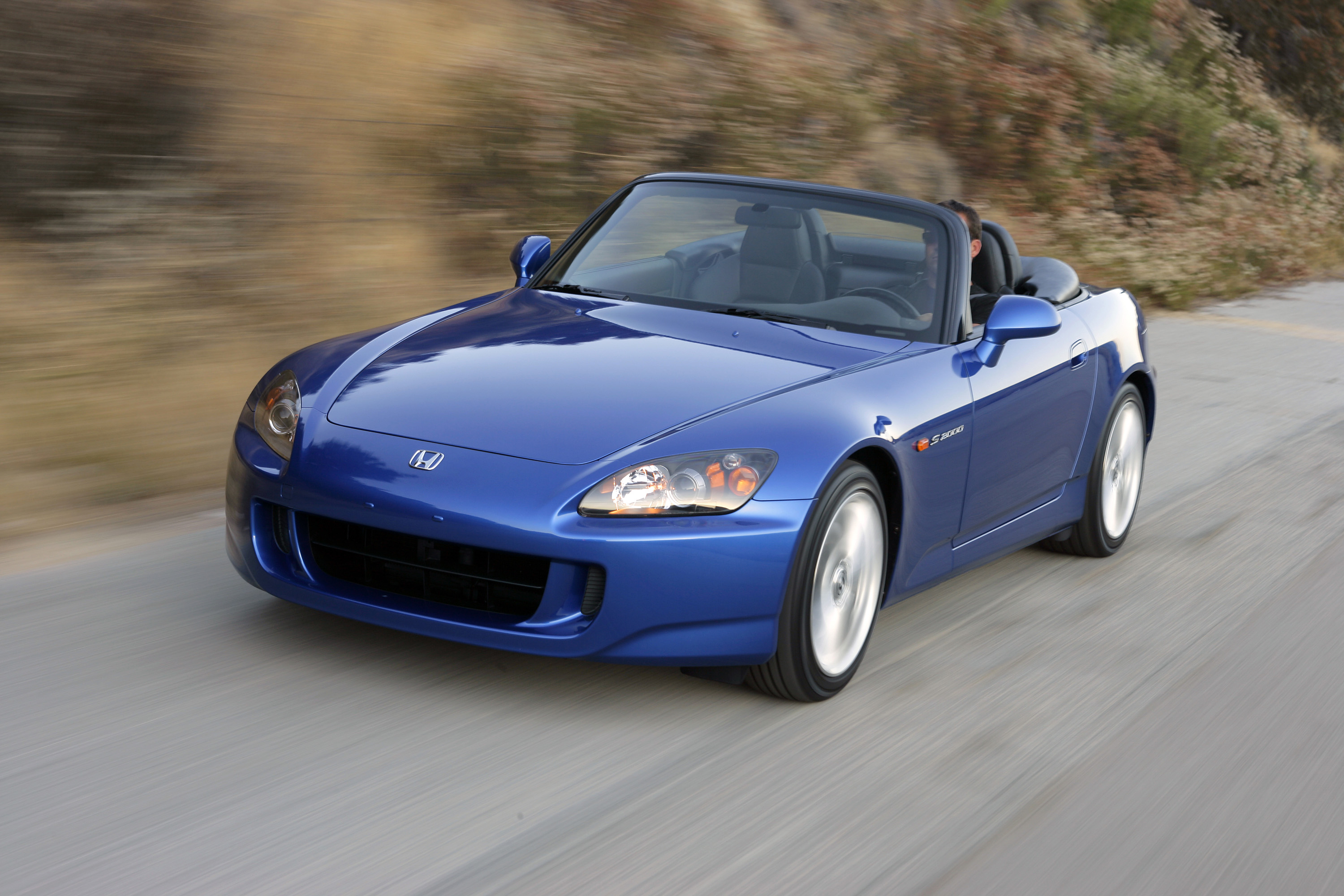
At low speeds, the steering is light and flexible, making it easy to handle; at high speeds, the steering becomes stable and precise, providing drivers with clear feedback on road conditions.
The quick 13.8:1 steering ratio makes the S2000’s front end exceptionally responsive, allowing it to precisely follow every steering command.
Thanks to its 50:50 weight distribution, high-rigidity body, and excellent suspension, the S2000 achieves a superb synthesis of cornering stability and road feel. This synergy yields a driving experience characterized by both poised stability and a highly communicative feel.

In corners, the vehicle's body roll is effectively suppressed, and the tires closely adhere to the ground, providing ample grip for the vehicle.
Meanwhile, the refined road feedback enables the driver to clearly perceive changes in the road surface and the vehicle's dynamic state, allowing for more precise vehicle control.
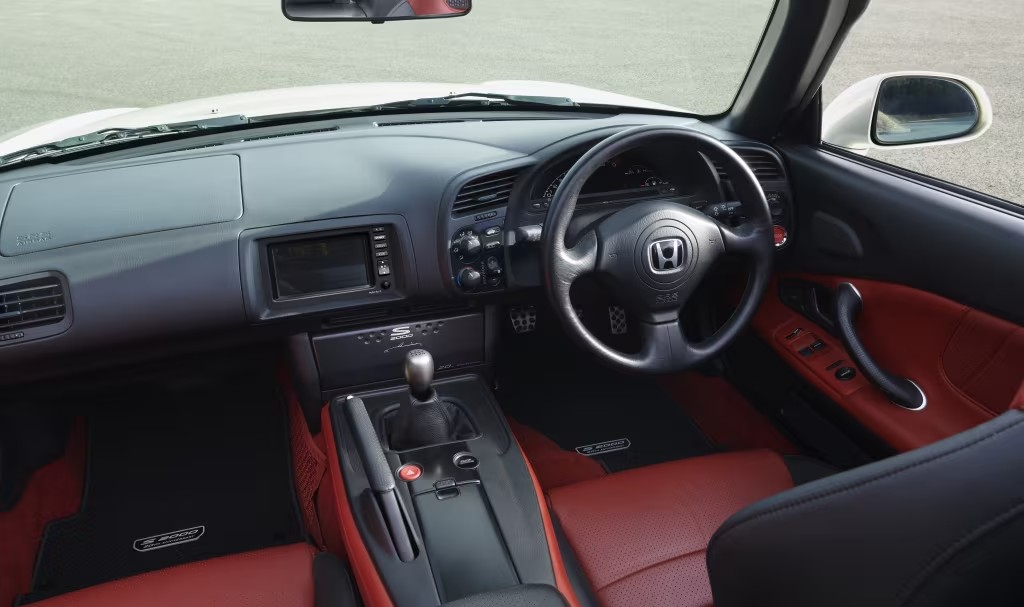
The moment when VTEC activates is the most captivating part of the S2000 driving experience. When the engine speed reaches the VTEC activation threshold, the VTEC system instantly switches valve timing and lift, causing a sudden burst of power output. An exhilarating roar accompanies a sudden wave of acceleration, culminating in a peak driving immersion.

This unique driving experience makes everyone who has driven the S2000 fall in love with it, and it has become a key reason why the S2000 attracts so many car enthusiasts.

The S2000's Modification Potential Is Truly Remarkable
Over the years, the S2000, known for its "simple and pure" driving machine attributes, has become a common platform for endurance races, Time Attack, and other events. Its track reputation and playability are far ahead of other convertible sports cars of the same generation.

The maturation of its upgrade path—from civilized street car to formidable track monster—is well documented. American racer Stuart Leiby's deeply modified S2000 achieved over 961 horsepower at the wheels and weighs only 1247kg, setting an impressive record of 8.7 seconds in a quarter-mile with a top speed of 322km/h.
In endurance racing, Team Prima Racing debuted their S2000 and secured third place in the E1 category of the NASA WERC series. They set the fastest lap of the event, proving its reliability and competitiveness under prolonged, high-intensity conditions.
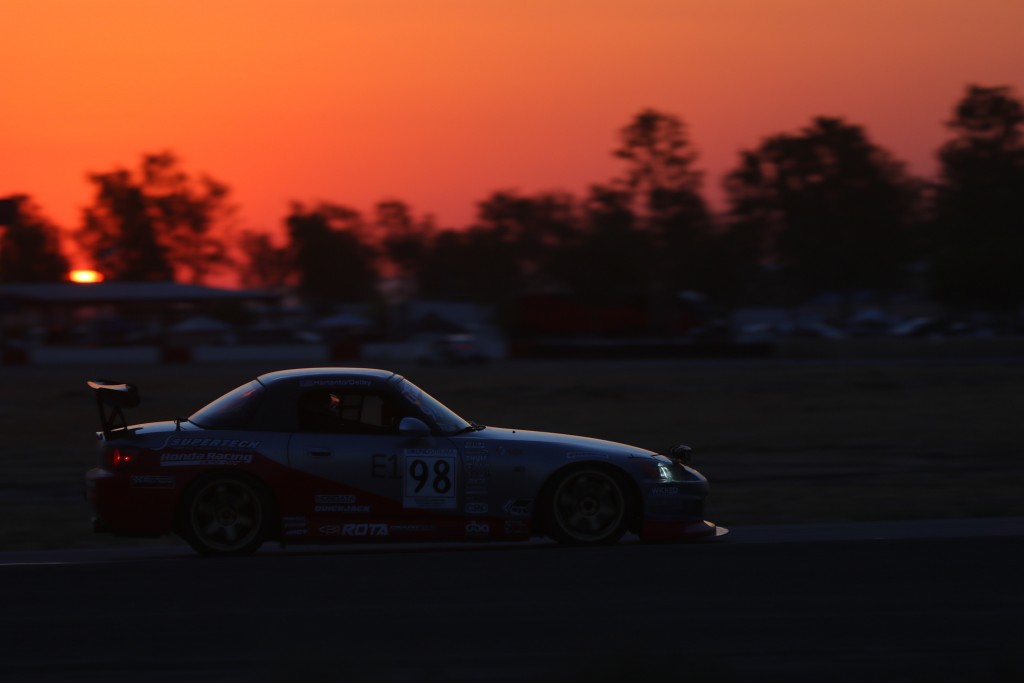
Why Did the S2000 Go Out of Production?
Between 1999 and 2009, the S2000 had a cumulative production of only 110,673 units. This low sales volume rendered it economically unviable to sustain the costs associated with maintaining a unique platform and dedicated production line for the S2000.
In early 2009, Honda announced a strategic retrenchment plan, which directly led to the discontinuation of the S2000.
In March 2009, Honda launched the S2000 Ultimate Edition in the European market as a farewell model, and in June of the same year, this legendary sports car was officially discontinued worldwide.
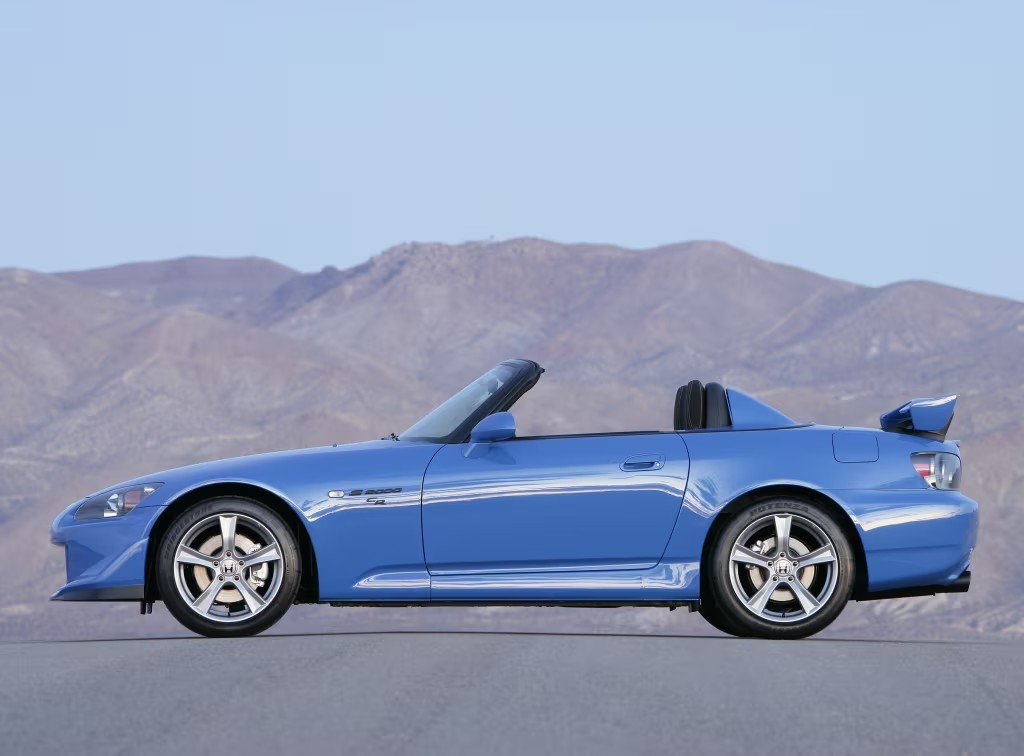
Meanwhile, increasingly stringent global emissions and safety regulations have driven up compliance costs for niche sports cars, a burden that rendered the S2000's continued production economically unviable. This challenge persists for modern counterparts like the Mazda MX-5, which continues to grapple with similar environmental compliance.
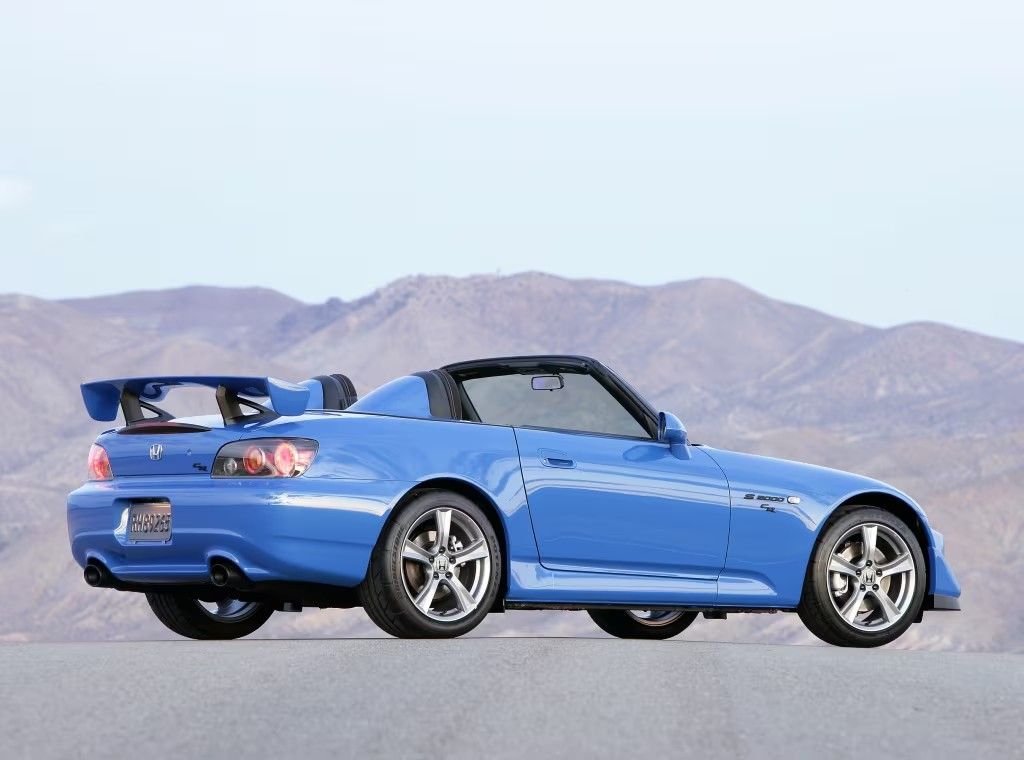
Why the S2000 Will Never Be Revived Through Joint Development
The main reason the S2000 is unlikely to be revived lies in its unique chassis architecture, which was designed "from scratch" for ultimate handling, making it incompatible with Honda's current global architectures, which predominantly utilize transverse front-wheel-drive layouts.
Even exploring an all-new small FR platform or transforming existing architectures faces the contradiction of high development costs and sales expectations.
Moreover, Honda's strategy of rejecting joint development upholds the brand DNA but also eliminates the possibility of reviving the S2000 by borrowing external platforms.
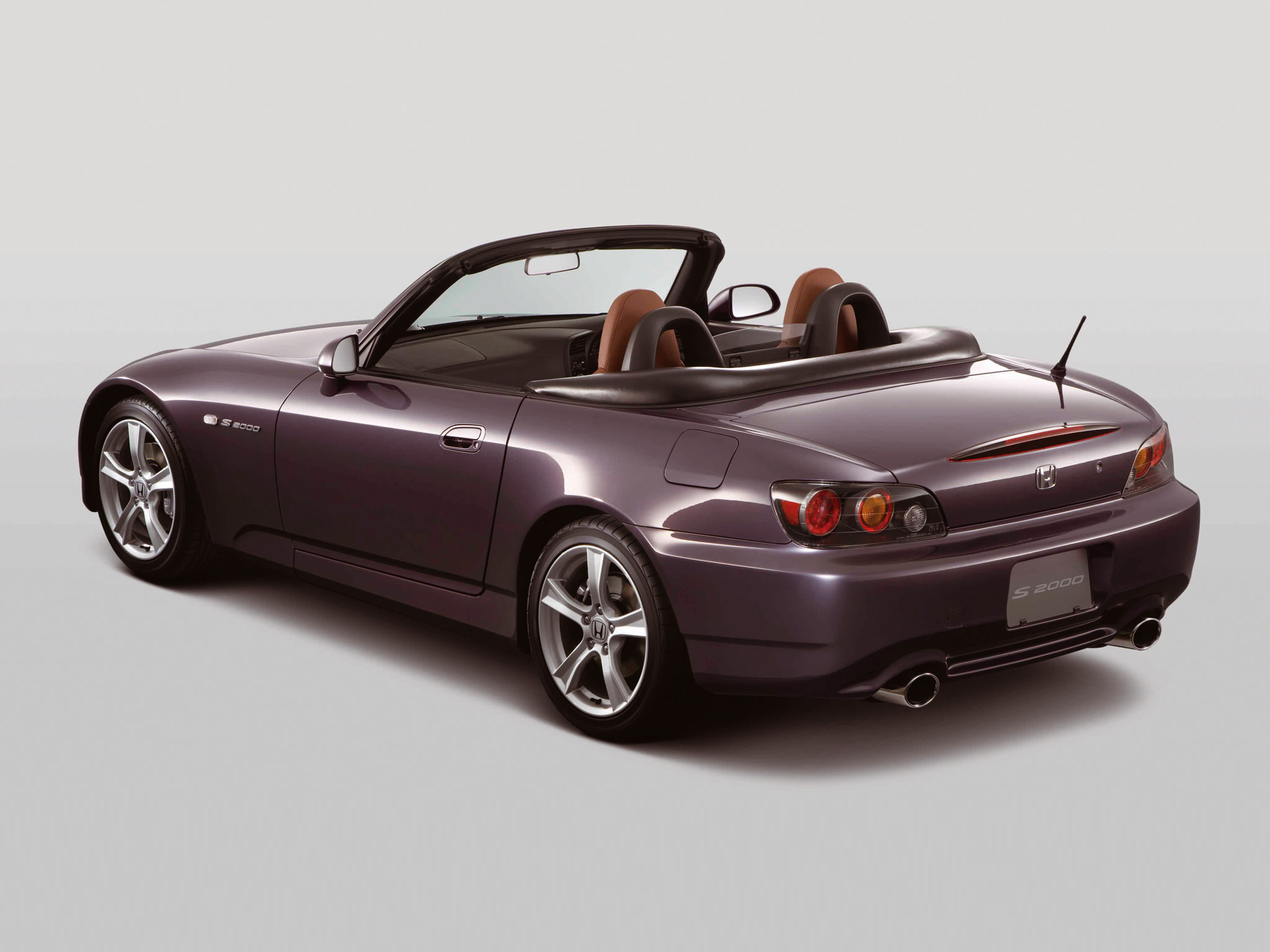
Honda is a car manufacturer resistant to joint development
Honda places a high priority on maintaining control, a stance that was clearly demonstrated in previous collaboration negotiations with Nissan. From signing the memorandum of understanding to terminating the integration, only 52 days of tug-of-war passed, with core differences focused on architecture and control, strategic goals, and governance arrangements.
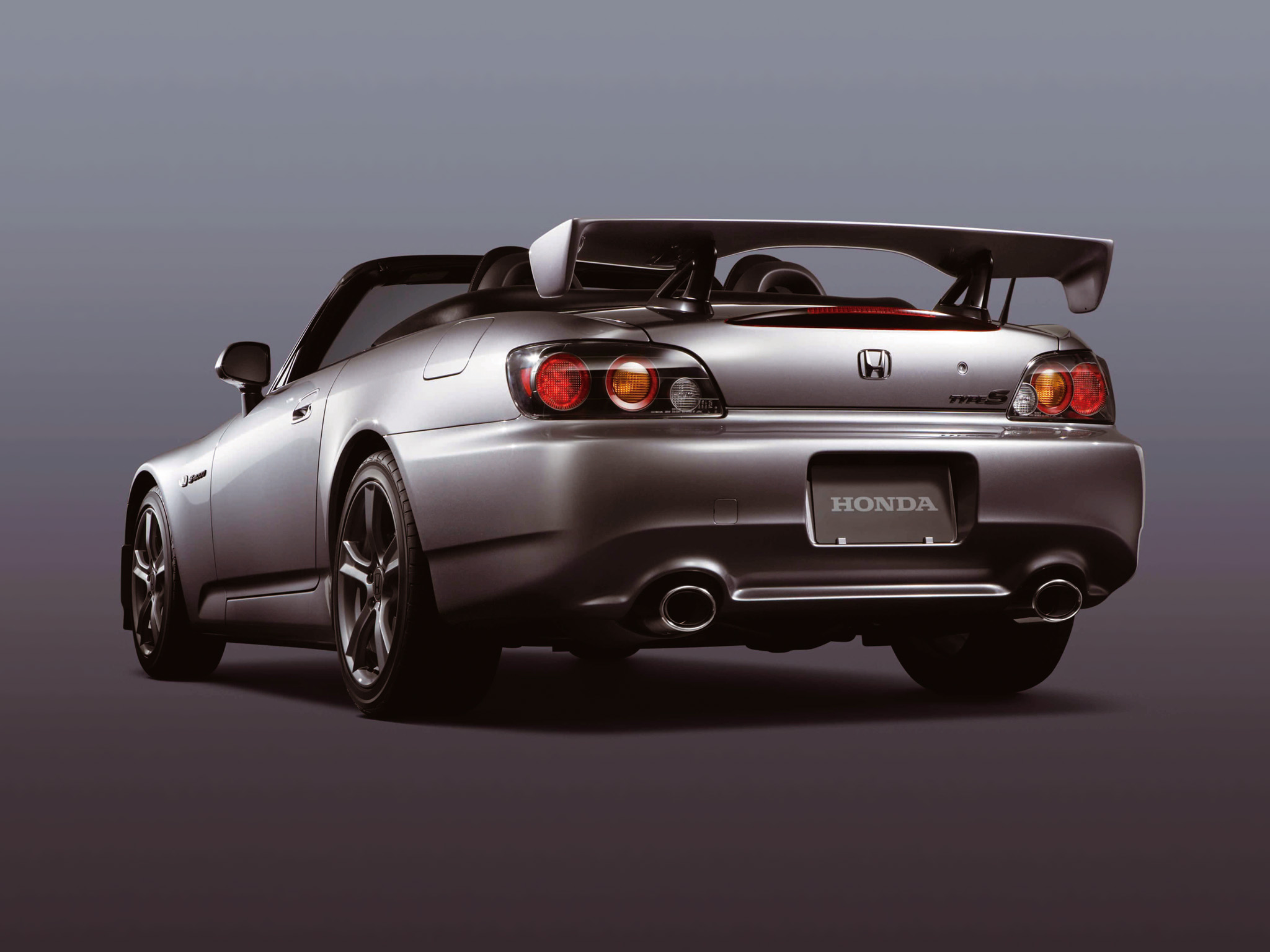
This stance stems from Honda's direct experience with the drawbacks of shared electrification platforms. After a year of evaluation, it canceled a plan to co-develop entry-level EVs with General Motors, citing a "challenging business" case.
Honda firmly believes that compromising product core by accepting a partner's cost calculations and platform constraints is inferior to relying on its own system.
In Honda's view, large-scale integrations often get bogged down in governance issues such as "who will take the lead, how to distribute responsibilities, and how to allocate profits." This not only consumes a lot of time and energy but also causes companies to lose the flexibility of independent decision-making, which is completely contrary to Honda's business philosophy of "maintaining independent decision-making power."
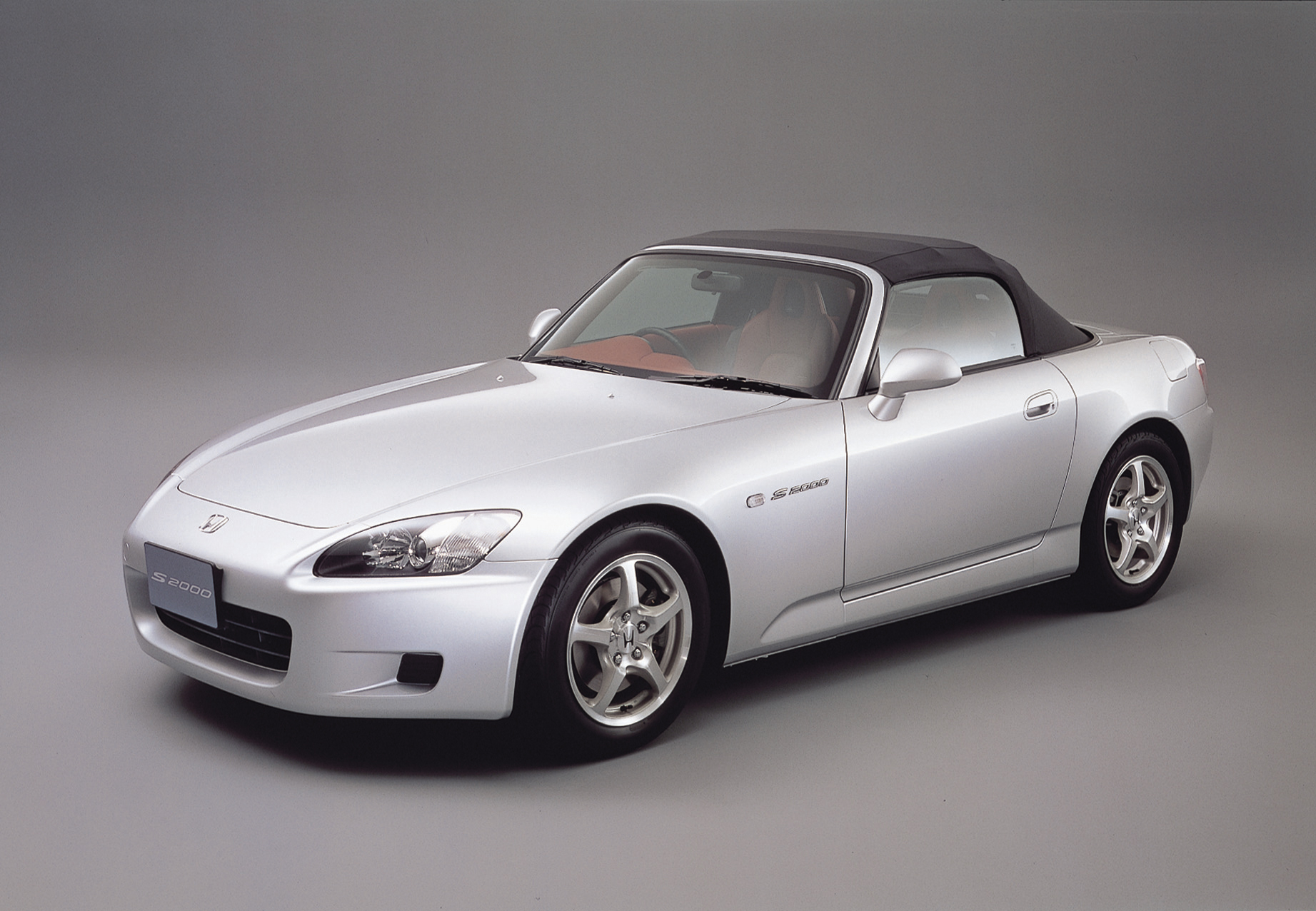
Consequently, any joint development project to revive the S2000 would require Honda to cede control over critical decisions regarding product definition, technological direction, and market positioning. The company is understandably reluctant to entrust the fate of such an iconic model to an external partner.
If any infringement occurs, please contact us for deletion
Trending News

BYD Sealion 7 is not only cheaper than Tesla Model Y, what other differences do they have?
Is it better to buy the BYD Sealion 7 or the Tesla Model Y? This really makes one a bit hesitant, but before you make a decision, I recommend you take a good look at this article.

Toyota Land Cruiser FJ did not disappoint, the most anticipated civilian off-road vehicle is back.
Since its birth in 1951 under the name Toyota BJ, the Land Cruiser series has accumulated sales of approximately 12.15 million units in over 190 countries and regions worldwide, becoming a global off-road icon spanning more than 70 years.

Toyota Corolla Cross mid-term facelift in China, featuring a new front face and interior design
Toyota released the mid-cycle facelift of the Toyota Corolla Cross in China. In China, this vehicle produced by GAC Toyota is called Frontlander, and it is the same model as the Toyota Corolla Cross produced by FAW Toyota.

2026 Toyota Hilux Travo released, the brand-new exterior and interior are highly anticipated
If you're considering buying a Hilux, honestly, the comprehensive innovations in the ninth generation are worth waiting for. While the current model might still have some advantages in terms of reliability and price, the new model offers significant changes in terms of exterior and interior luxury, tech features, and powertrain options.

There is news that the next-generation Toyota Hilux will be released in November, bringing a major redesign.
Nowadays, the HiLux, which has been sold for nearly ten years, is about to undergo a major upgrade. According to reports, the 2026 HiLux will make its global debut at the Thailand International Motor Expo from November 28 to December 10, 2025, with the first customer deliveries expected to be completed by mid-year.
Popular Cars
Car Compare

